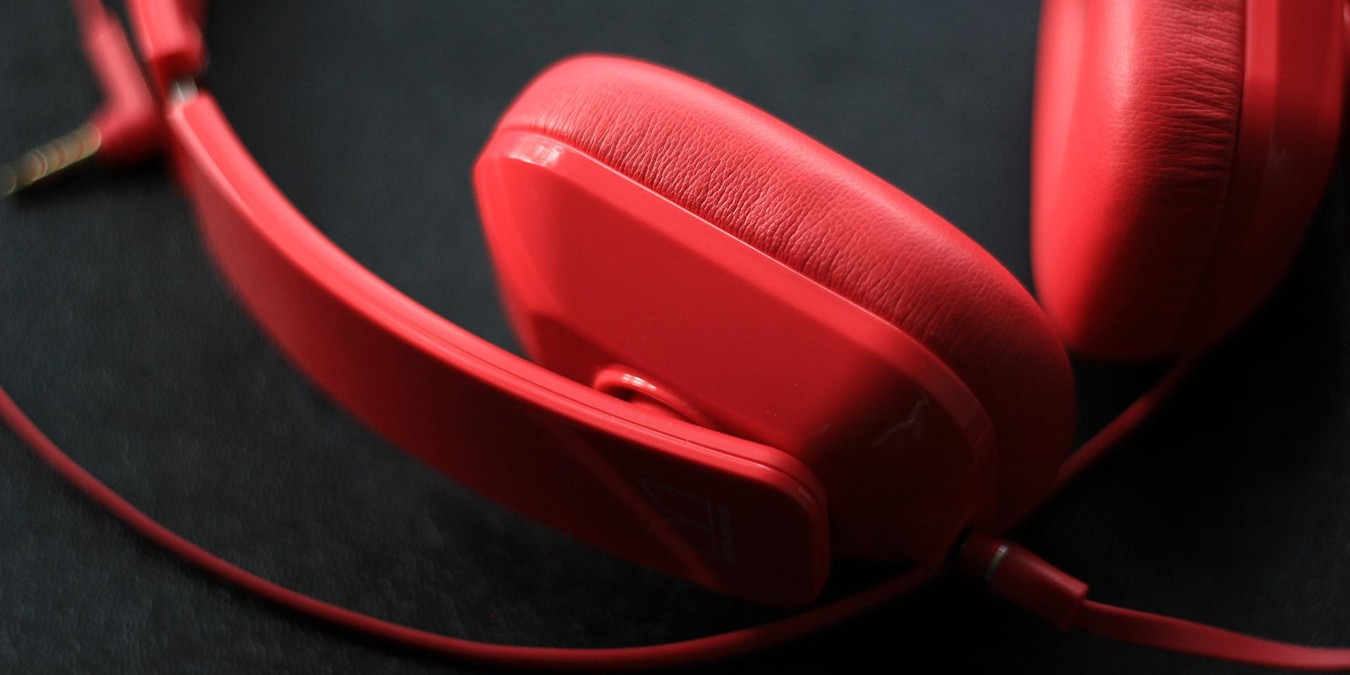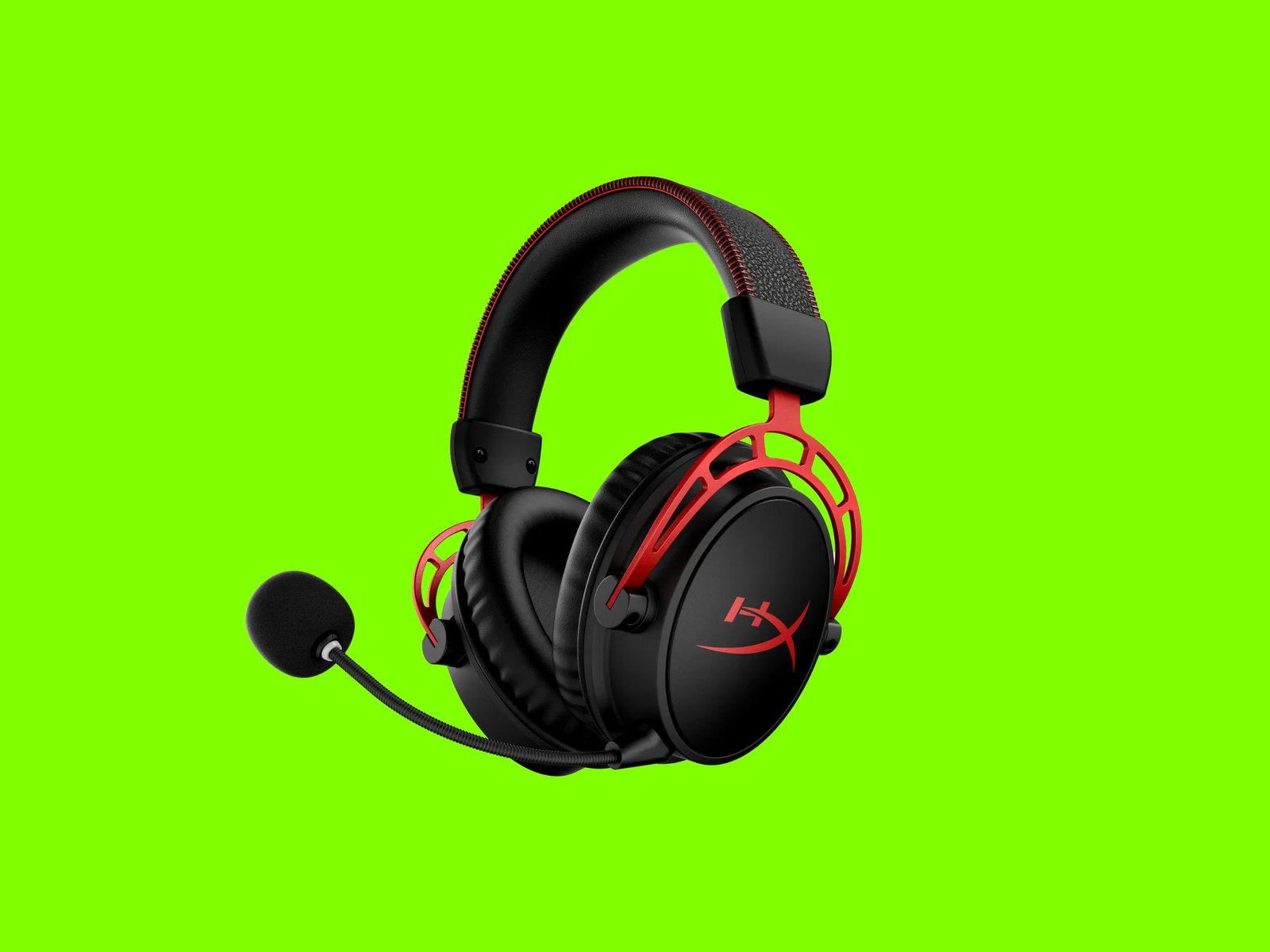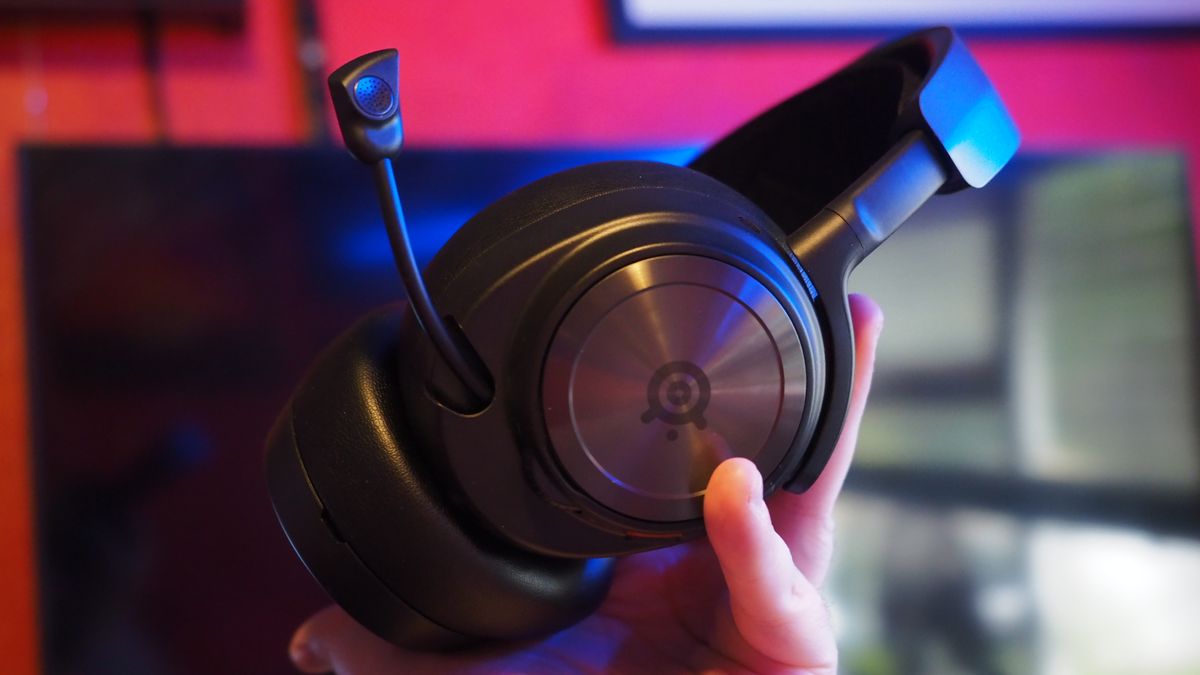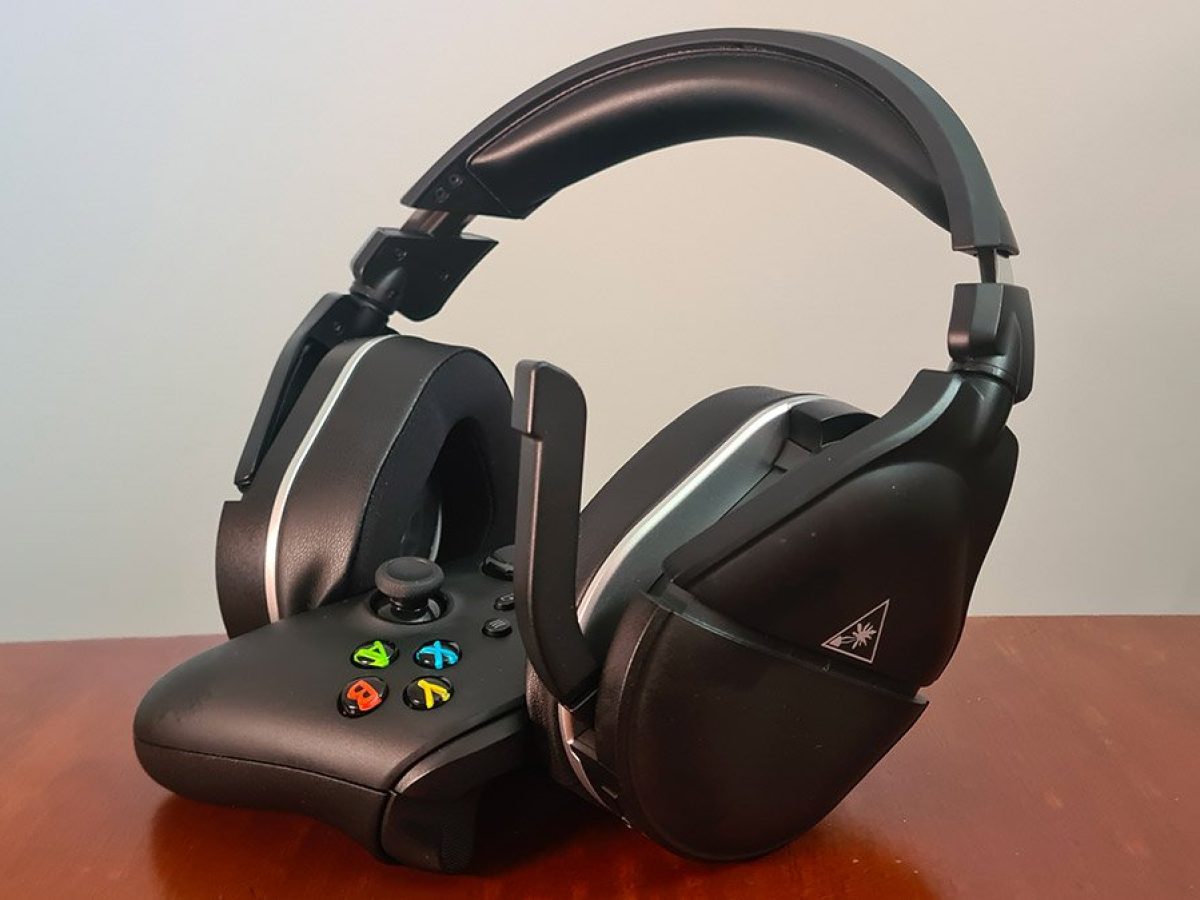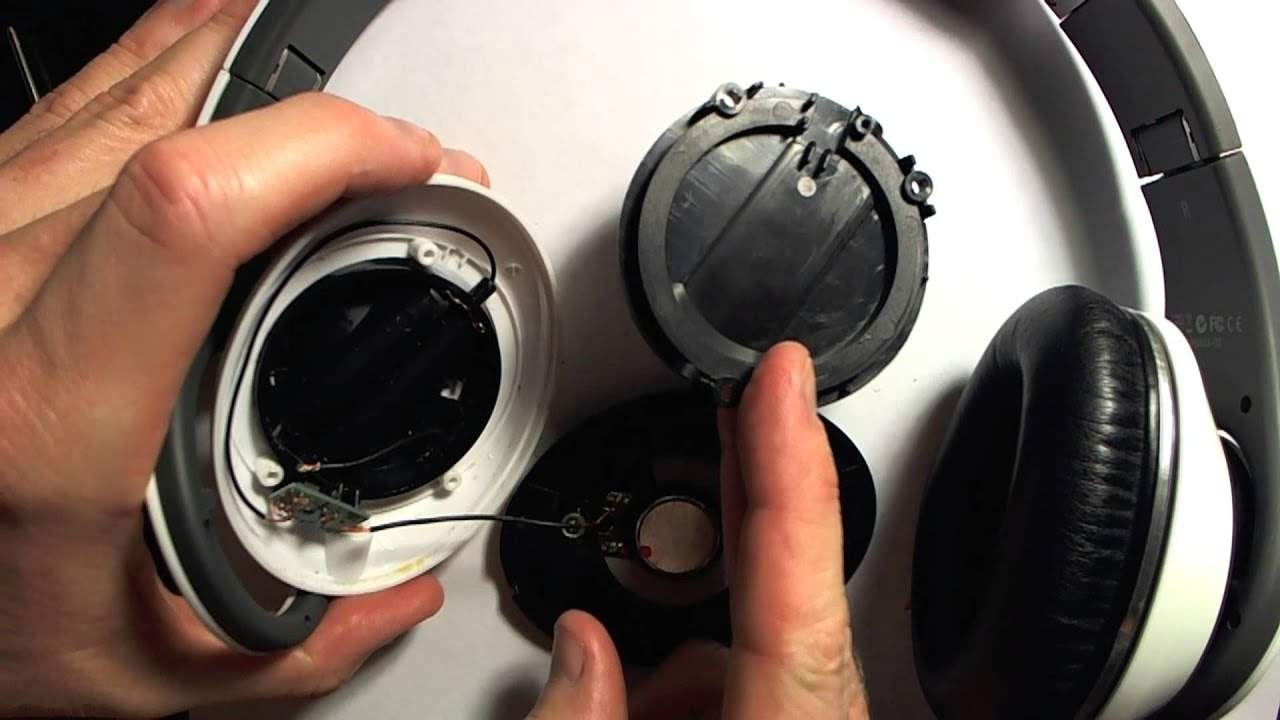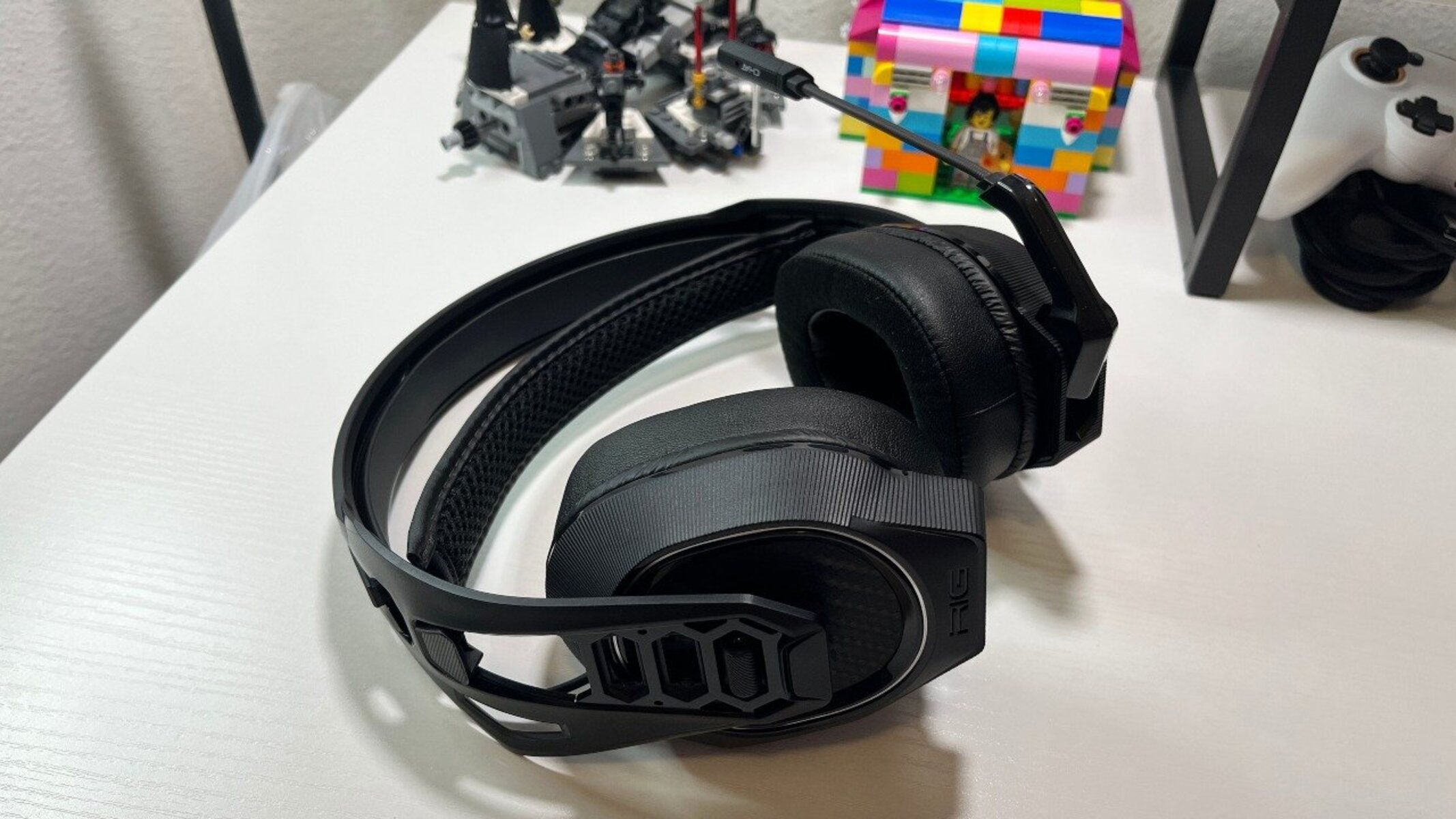Introduction
When it comes to communicating with others via a headset, encountering microphone static can be an incredibly frustrating experience. Whether you're engaging in an important business call, enjoying a gaming session with friends, or simply trying to record clear audio, the presence of unwanted static can significantly detract from the overall experience. Fortunately, there are effective solutions to address this common issue and restore the crisp, clear sound quality that you desire.
In this comprehensive guide, we will delve into the world of headset microphone static, exploring the various factors that contribute to this problem and providing practical solutions to eliminate it. By gaining a deeper understanding of the root causes of mic static and learning how to troubleshoot and resolve these issues, you can ensure that your headset microphone consistently delivers impeccable sound performance.
Join us as we embark on a journey to uncover the mysteries of headset microphone static and equip ourselves with the knowledge and tools needed to banish this nuisance once and for all. Whether you're a professional seeking pristine audio quality for virtual meetings, a passionate gamer aiming for crystal-clear communication, or a content creator striving for top-notch sound recordings, this guide is your essential companion in conquering the vexing challenge of mic static. Let's dive in and unlock the secrets to achieving flawless sound transmission through your headset microphone.
Understanding Headset Microphone Static
Headset microphone static, often referred to as mic static, is a common audio issue characterized by the presence of unwanted noise or crackling sounds in the audio signal transmitted through the microphone. This phenomenon can manifest as a persistent background static, intermittent crackling, or sudden bursts of noise, all of which can significantly degrade the clarity and intelligibility of the transmitted audio.
The occurrence of mic static can be attributed to various factors, including hardware and software-related issues. Understanding these underlying causes is crucial in effectively diagnosing and addressing the problem. In some cases, mic static may stem from physical hardware malfunctions, such as damaged cables, faulty connectors, or inadequate grounding. Additionally, software-related issues, such as incompatible drivers, incorrect audio settings, or signal interference, can also contribute to the manifestation of mic static.
Furthermore, environmental factors and external interference can play a significant role in exacerbating mic static. For instance, electromagnetic interference from nearby electronic devices, radio frequency interference, or poor electrical grounding can introduce unwanted noise into the microphone signal, resulting in static and distortion.
It is important to recognize that the nature and severity of mic static can vary depending on the specific headset and microphone setup being used. Different types of headsets, microphones, and audio interfaces may exhibit unique characteristics when it comes to the manifestation of static, making it essential to tailor troubleshooting and solutions to the specific hardware in question.
By gaining a comprehensive understanding of the complexities surrounding headset microphone static, individuals can approach the troubleshooting and resolution process with clarity and confidence. Armed with this knowledge, users can effectively identify the root causes of mic static and implement targeted solutions to restore pristine audio quality, ensuring that their headset microphone delivers exceptional performance without the disruptive presence of static or unwanted noise.
Common Causes of Mic Static
-
Hardware Malfunctions: Damaged or worn-out cables, connectors, or microphone components can introduce static into the audio signal. Frayed or faulty cables, loose connections, or degraded microphone elements can lead to intermittent or persistent static issues.
-
Electromagnetic Interference (EMI): Electronic devices in close proximity, such as routers, smartphones, or other wireless devices, can emit electromagnetic radiation that interferes with the microphone signal, resulting in static and distortion.
-
Radio Frequency Interference (RFI): RFI from sources such as radio transmitters, Wi-Fi signals, or other communication devices can disrupt the microphone signal, causing static and unwanted noise to be picked up by the microphone.
-
Poor Grounding: Inadequate grounding of audio equipment or electrical systems can create ground loops, leading to static and interference in the microphone signal. Improper grounding can result in the introduction of unwanted electrical noise into the audio path.
-
Software and Driver Issues: Incompatible or outdated audio drivers, incorrect audio settings, or software conflicts can impact the performance of the microphone, leading to static and distortion in the transmitted audio signal.
-
Environmental Factors: Environmental conditions, such as high humidity, extreme temperatures, or airborne particulates, can affect the performance of the microphone and contribute to the manifestation of static and unwanted noise.
-
Signal Cable Length and Quality: Long or low-quality signal cables can introduce signal degradation and interference, leading to static and distortion in the microphone signal. Additionally, using unshielded or improperly shielded cables can make the microphone susceptible to external interference.
-
Microphone Sensitivity and Gain Settings: Improper microphone sensitivity or gain settings can result in the amplification of background noise and interference, leading to the presence of static in the transmitted audio signal.
By identifying and understanding these common causes of mic static, individuals can effectively diagnose and address the underlying issues affecting their headset microphone's performance. With this knowledge, users can implement targeted solutions to mitigate or eliminate static, ensuring that their microphone consistently delivers pristine audio quality without the disruptive presence of unwanted noise or distortion.
Solutions for Fixing Headset Microphone Static
Addressing headset microphone static requires a systematic approach that encompasses both hardware and software considerations. By implementing targeted solutions, users can effectively mitigate or eliminate static, restoring the pristine audio quality of their microphone. Here are a variety of solutions to consider:
-
Inspect and Replace Cables: Begin by examining the cables connecting the headset and audio interface. Damaged or frayed cables can introduce static. Replace any compromised cables with high-quality, shielded alternatives to ensure a reliable connection and minimize interference.
-
Optimize Grounding: Ensure proper grounding of audio equipment and electrical systems. Utilize ground loop isolators or balanced audio connections to mitigate ground loop issues, which can lead to static and interference in the microphone signal.
-
Minimize Electromagnetic Interference: Position the headset and audio equipment away from sources of electromagnetic interference, such as routers, smartphones, or other wireless devices. Additionally, consider using shielded cables and ferrite beads to suppress electromagnetic interference.
-
Address Radio Frequency Interference: To combat radio frequency interference, consider repositioning the headset and audio equipment to minimize exposure to RFI sources. Utilize RFI filters or shielded cables to attenuate unwanted interference.
-
Update Audio Drivers and Settings: Ensure that audio drivers are up to date and compatible with the operating system. Adjust audio settings to optimize microphone performance and minimize the amplification of background noise and interference.
-
Environmental Considerations: Create an environment conducive to optimal microphone performance. Control humidity levels and temperature, and minimize exposure to airborne particulates that can affect microphone performance.
-
Utilize High-Quality Signal Cables: Employ high-quality, shielded signal cables of appropriate length to minimize signal degradation and interference. Proper cable management can significantly reduce the risk of static and distortion.
-
Adjust Microphone Sensitivity and Gain: Fine-tune microphone sensitivity and gain settings to minimize the amplification of background noise. Optimal settings can help reduce the presence of static in the transmitted audio signal.
By implementing these solutions, users can effectively troubleshoot and address headset microphone static, restoring clear and pristine audio transmission. Each solution targets specific factors that contribute to mic static, empowering users to proactively address and mitigate the underlying issues. With a systematic and comprehensive approach, individuals can ensure that their headset microphone consistently delivers exceptional sound quality, free from the disruptive presence of unwanted static or interference.
Conclusion
In conclusion, addressing headset microphone static is a multifaceted endeavor that requires a deep understanding of the various factors that contribute to this common audio issue. By delving into the intricacies of hardware malfunctions, electromagnetic and radio frequency interference, grounding issues, software and driver considerations, environmental factors, and signal cable quality, individuals can gain valuable insights into the complexities surrounding mic static and equip themselves with the knowledge needed to effectively troubleshoot and resolve these issues.
Throughout this comprehensive guide, we have explored the common causes of mic static and provided practical solutions to mitigate or eliminate this disruptive phenomenon. From inspecting and replacing cables to optimizing grounding, minimizing electromagnetic and radio frequency interference, updating audio drivers and settings, and addressing environmental considerations, each solution targets specific aspects that can contribute to the manifestation of static in the microphone signal.
By implementing these solutions, users can take proactive steps to ensure that their headset microphone consistently delivers pristine audio quality, free from the disruptive presence of unwanted static or interference. Whether engaging in professional communications, immersive gaming experiences, or content creation endeavors, the ability to conquer mic static is essential in achieving clear and intelligible audio transmission.
Empowered with the knowledge and solutions presented in this guide, individuals can approach the troubleshooting and resolution of mic static with confidence and precision. By leveraging a systematic approach that encompasses both hardware and software considerations, users can effectively diagnose and address the underlying issues affecting their headset microphone's performance, ultimately restoring the clarity and fidelity of the transmitted audio.
In the dynamic realm of audio technology, the quest for flawless sound transmission remains an ongoing pursuit. As users continue to explore new frontiers in communication, entertainment, and content creation, the ability to overcome common challenges such as mic static is pivotal in unlocking the full potential of headset microphones. With a steadfast commitment to understanding, troubleshooting, and implementing targeted solutions, individuals can elevate their audio experiences and ensure that mic static becomes a distant memory, overshadowed by the pristine clarity and fidelity of their headset microphone's performance.







